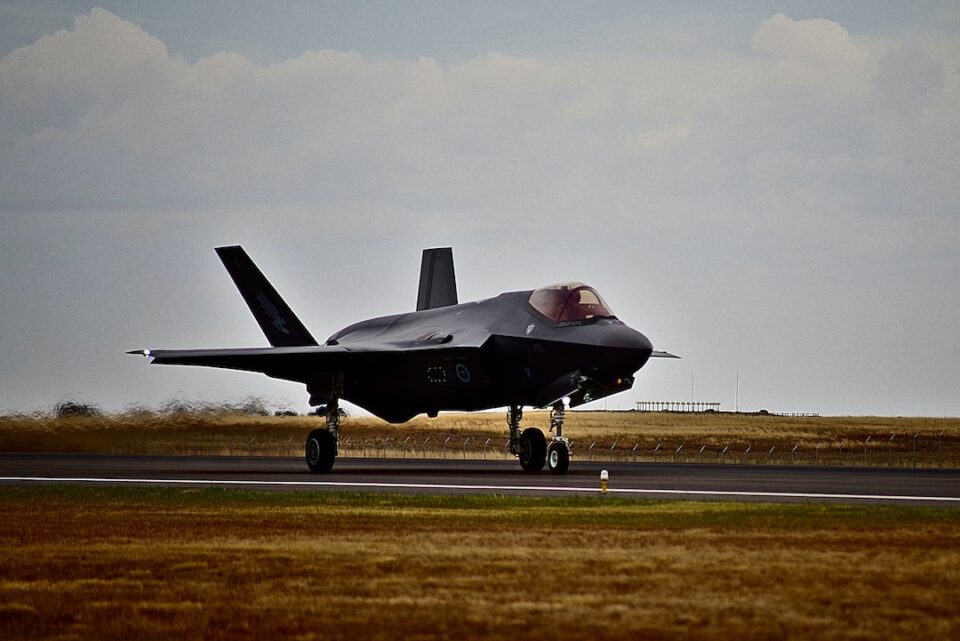The Fascinating Science Behind Aerodynamics
Aerodynamics is a fascinating field of science that deals with the study of the forces and motion of objects through the air. From airplanes and helicopters to cars and even bicycles, aerodynamics plays a crucial role in their design and performance. Understanding the principles of aerodynamics not only enhances our knowledge about how objects move in the air, but it also allows engineers to design more efficient and streamlined vehicles.
One of the best tools for studying and experiencing the science of aerodynamics is a simulator flight experience. These advanced flight simulators provide a realistic environment where aspiring pilots can learn the intricacies of flying and experience the principles of aerodynamics firsthand.
At its core, the science of aerodynamics is governed by the principles of lift, drag, and thrust. To generate the necessary lift to counteract the force of gravity and keep an aircraft airborne, engineers design the wings in a particular shape known as an airfoil. The shape of the airfoil allows air to flow faster over the top surface of the wings, creating lower pressure, while the slower airflow underneath exerts higher pressure. This pressure difference generates lift, pulling the airplane upwards.
Drag, on the other hand, is a force that opposes the motion of an object through the air. Just as the shape of the wings affects lift, the overall design of the aircraft greatly influences drag. Engineers strive to minimize drag by using sleek designs, reducing unnecessary protrusions, and optimizing the shape of the fuselage and other components. By reducing drag, engineers can enhance aircraft performance, improve fuel efficiency, and increase the speed achievable.
Thrust is the force that propels an aircraft forward and can be produced through various means such as conventional engines or jet propulsion. The interaction between lift, drag, and thrust is what allows airplanes to take off, maneuver, and land safely.
Simulator flight experiences offer an unparalleled opportunity to witness these principles firsthand. As aspiring pilots take control of the simulated aircraft, they can feel the immense lift generated by carefully designed wings, experience the resistance caused by drag, and understand how different levels of thrust can affect the aircraft’s speed and maneuverability.
These flight simulators not only provide a realistic experience for pilots but also enable researchers and engineers to gather valuable data. By studying the flight characteristics of different aircraft designs in a simulated environment, engineers can refine their models, optimize aerodynamics, and improve safety.
Overall, aerodynamics is a captivating science that underpins the design and performance of everything that moves through the air. Whether it’s the wings of an airplane, the helmet of a race car driver, or the frame of a bicycle, the principles of aerodynamics ensure smooth and efficient travel. So, the next time you buckle up for a thrilling simulator flight experience, remember that you are embarking on a journey through the captivating world of aerodynamics.

